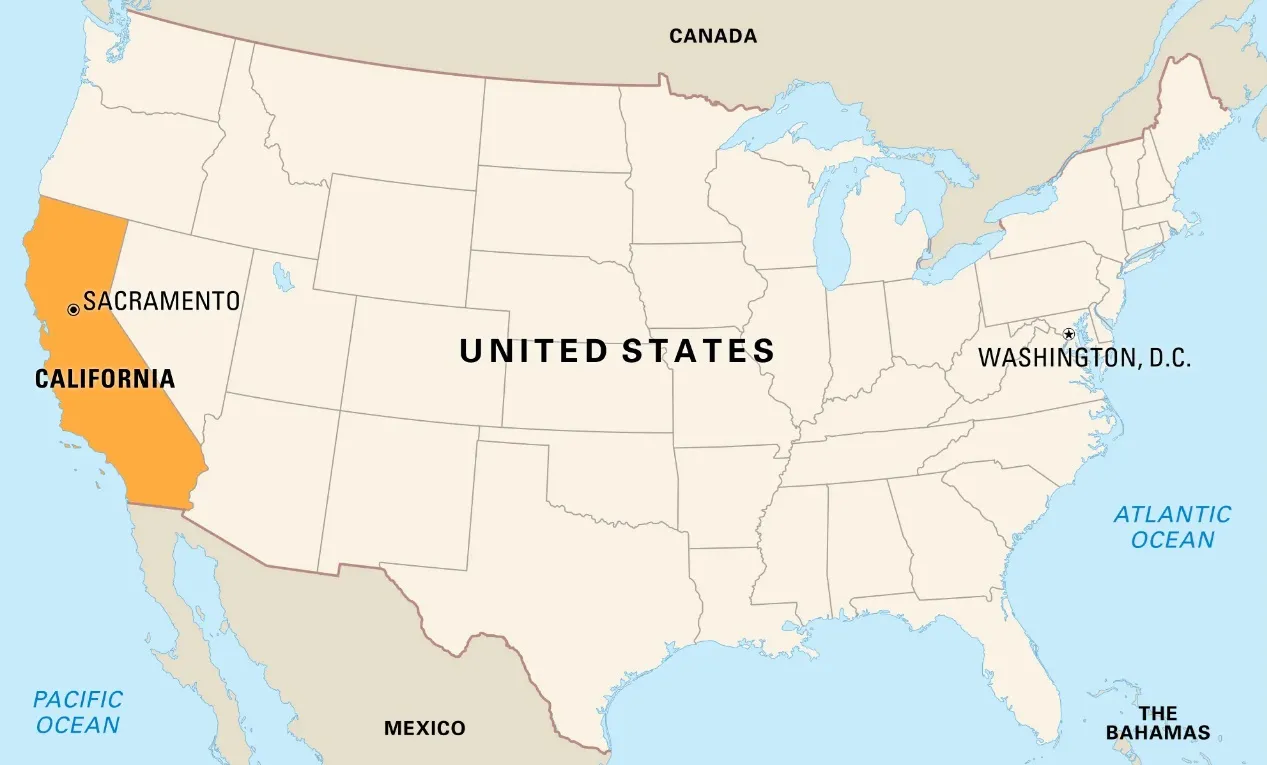In a corner where technology and regulation constantly collide, California has become the epicenter of a debate over artificial intelligence (AI).
This month, Governor Gavin Newsom faced a series of legislative proposals seeking to outline the future of this powerful tool. Among the 38 initiatives he considered, one, the controversial SB 1047, was ultimately scrapped. However, more than a dozen bills were signed, each attempting to address a series of pressing AI issues.
The veto of SB 1047 may be decisive for AI regulation in California. Newsom warned that focusing on large AI systems could lead to a misguided perception of safety. Instead, he urged the need for a more adaptive balance, one that considers large and small AI models, as well as the risks they could pose.
Bills
While SB 1047 was behind us, attention was focused on a series of laws Newsom signed:
- The Risk Analysis Bill (SB 896) mandates that the California Office of Emergency Services will assess the risks of generative AI. This involves working with leading companies like OpenAI to identify threats to the state’s critical infrastructure.
- In a world where data is the new gold, the Data Transparency Bill (AB 2013) requires AI vendors to disclose their data sources and how they are used.
- California’s privacy laws will be extended to generative AI systems with the Expanded Privacy Bill (AB 1008), meaning that any exposure of personal data must be treated seriously.
- The AI Education Bill (AB 2876) introduces “AI literacy” into school curriculum. Imagine a classroom where students learn about math and science, as well as how to interact with AI, its limitations, and the ethical dilemmas that come with it.
- AB 3030 requires healthcare providers to inform patients when using generative AI, while laws protecting Hollywood actors state that a performer’s image or voice cannot be replicated without their consent.
- With the rise of deepfakes and AI-generated pornography, laws have been enacted to protect citizens from potential abuse. AB 1831, for example, extends child pornography laws to include AI-generated material, making clear the urgency of addressing this phenomenon.
Final thoughts
As California navigates these uncertain waters, it is clear that AI regulation is still in the early stages.
The decisions by Newsom and his team affect Californians and may set precedents for other jurisdictions facing similar challenges.
The need for nuance and flexibility is more apparent than ever as the use of AI in our lives continues to grow.
With the veto of SB 1047, the governor has sent a clear message: AI regulation cannot be rigid or one-dimensional. A deeper understanding of the risks and opportunities this technology presents is needed. The story of artificial intelligence in California is far from over; in fact, it is just beginning.

